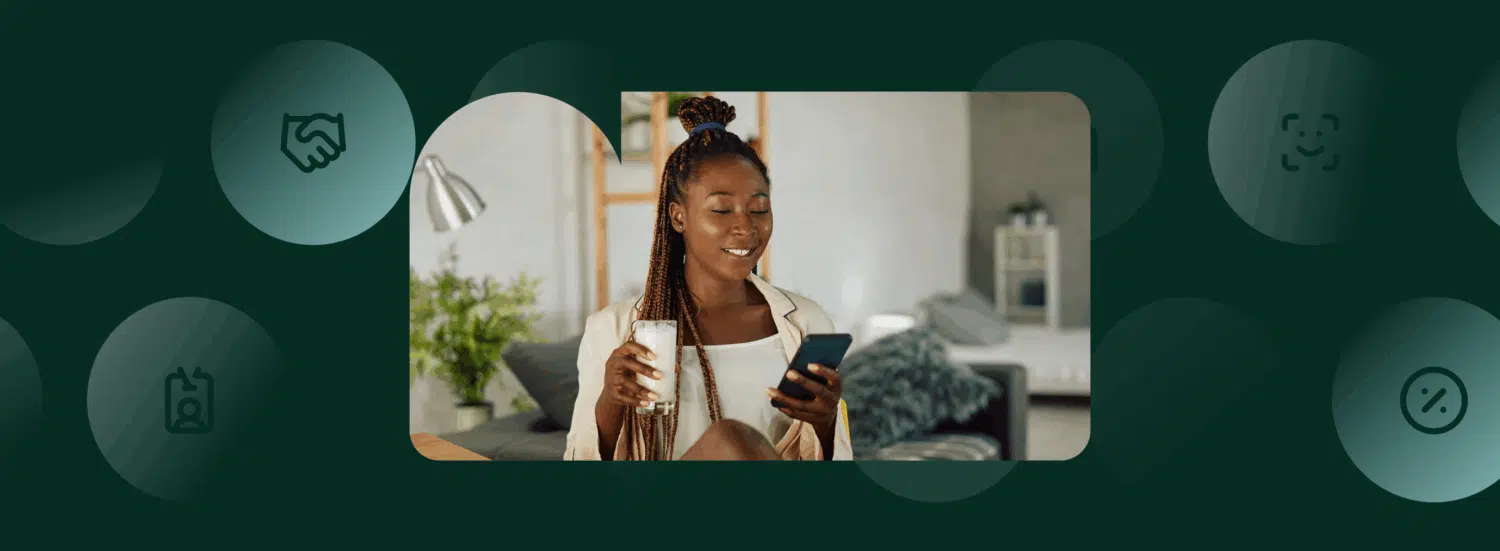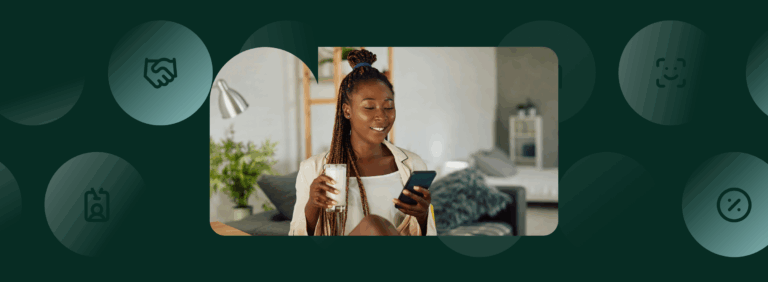Across the short-term rental (STR) industry, operators spend thousands of dollars annually on tech that works, but remains siloed. This creates inefficiencies and losses that can be very challenging to detect. Often these inefficiencies emerge in moments of crisis. Lost revenue or guest friction, for example, could alert operators that essential information is failing to reach the team members who need it.
So while the tools are available and could work together, many operators aren’t taking the necessary steps to create these essential system integrations. Those who do have an immense advantage, with integrated systems boosting operational efficiency by up to 30%, allowing staff to focus on tangible growth and guest satisfaction. According to property manager JJ King, it’s not the technical complexity stopping operators from tailoring their ideal tech stack, but rather a matter of mindset.
JJ King operates over 300 properties with Beachside VR, and has lived through this evolution from basic property management system (PMS) user to systems architect. Starting as a property manager in New York City back in 2016, King has worked across multiple tech stacks – Operto, Enso Connect, and now SuiteOp – discovering that real operational power doesn’t come from having the best individual tools, but from getting creative with how they communicate with each other.
Using Guesty as his central PMS, King found the platform’s integration capabilities and built-in third-party tools made it possible to orchestrate these connections without technical expertise.
When systems work in silos
For King, the wake-up call was a crisis many property managers will recognize. His guests were staying without completing payment due to a declined transaction that fell through the cracks.
“The payment declined, and we never received the notification,” King recalls. This wasn’t a technology failure. The payment processor and PMS both worked. They simply weren’t communicating with each other, and so notifications were firing into unused dashboards while King’s team operated blindly.
The breakthrough wasn’t switching software, but rather connecting existing tools in a creative way. King used Guesty’s Open API to connect Stripe via Zapier to Slack, enabling both systems to notify their guest services team. With a little invention, they were able to ensure the right people received the right information they needed to act immediately.
Finding your central command
While Guesty serves as their operational foundation, King recognized that notifications from any system, even a powerful PMS, need a structured response mechanism. According to King, most property managers think about integrations in terms of data sync, simply letting information flow from System A to System B. King’s approach goes deeper, focusing on accountability architecture.
“In any operation, you need a centralized place that allows for accountability, communication, and driving discussions to resolution,” he said. For Beachside VR, that central notification hub became Slack, integrated with their core systems to address a common operational problem. “It’s easy to get a notification and then not do anything about it. But if it’s in Slack, there’s accountability. We needed to be able to tag the right people and make sure things get done.”
Now King’s operation runs on real-time coordination: “If there’s a last-minute booking, it tags the guest services team, or if an ID is declined, it goes straight into Slack. Our team is getting real-time notifications and can discuss those issues in a thread instead of just getting a notification and wondering who’s handling it.”
The right tool for each job: Optimizing team interfaces
King’s most innovative solutions happen when he stops thinking about traditional property management workflows and starts solving actual operational problems. “Our maintenance people use the Airtable app, they’re not on Guesty at all. But now we’re bringing in data from Guesty into Airtable, like check-in, checkout, and guest contact information.”
Beyond simple data syncing, this is workflow optimization. Maintenance staff work on an interface designed for their specific needs, while the broader operation maintains data consistency and financial tracking through the PMS. Each team gets its ideal interface while the business maintains complete visibility.
Culture over coding
King encourages property managers to foster a culture of bold experimentation. “The key is creating an environment where team members feel empowered to explore process improvements without worrying about breaking existing systems,” King said. This requires a fundamental shift from “don’t touch anything that works” to “what could work better?”
Building this culture means giving team members explicit permission and time to experiment. King recommends designating internal champions who can test ideas safely, knowing they can iterate without disrupting daily operations. When teams aren’t afraid to break things in a controlled environment, they discover breakthrough efficiencies that transform operations.
The API reality: Accessibility without coding
Many property managers get stuck with the assumption that integration requires programming skills they don’t possess. King discovered the opposite. “Guesty’s API is written in fairly plain English, so it’s easy enough to read through it and see what’s possible,” he said. “I know just enough about development to be able to direct someone, not enough to necessarily do everything myself. And as long as you know the basic functioning – if you want to connect two things, you need a trigger over here and an action over there – you can figure it out.”
Modern drag-and-drop integration platforms have eliminated most technical barriers, allowing property managers to build sophisticated automations without coding knowledge. The barrier isn’t technical, it’s psychological. Instead of asking “How do I code this?” the question becomes: “What do I want to happen when X occurs?” Once you can visualize the workflow, modern tools make implementation surprisingly straightforward.
How integration actually works
Guesty’s Open API makes this kind of experimentation possible because it provides access to reservations, tasks, listings, and guest profiles. This means you can trigger or enrich almost any workflow with the exact information you need, right when you need it. And with integration tools like Zapier in the mix, you don’t need to write a single line of code to make it happen.
These integration tools act as a middleman between different apps and software, enabling them to talk to each other even if they weren’t designed to. These tools work through triggers and actions:
Trigger: An alert is sent out in one app (a new reservation in Guesty, a payment failure, a water sensor alert).
Action: The integration tool pushes an action in another app (send a Slack message, create a task in Monday.com, add a row to Airtable).
You chain these together into little workflows without any code. Simply pick “when X happens in App A, do Y in App B.” The integration tool will handle the communication between them.
What that enables is creative automation. Instead of your team checking six dashboards every morning, you can have the right information pop up in the one place they actually work from. And instead of relying on someone to manually move data from Guesty into a maintenance spreadsheet, the integration tool does it instantly, without mistakes.
This allows tools to work together in ways the original software designers didn’t think of. And that’s where the really cool operational hacks come in.
Here are a few ways operators can put this into practice:
H3: The invisible pre-arrival checklist
Every time a new reservation hits Guesty, your integration tool can automatically send a cleaning notification to your team’s WhatsApp group or Slack channel, add the guest to your CRM for pre-arrival comms, and drop the reservation into Airtable so the guest services team has easy access to their preferences.
H3: Automated guest experience touchpoints
When a guest’s birthday falls during their stay, your integration tool can check the guest profile in Guesty, trigger a task for your guest services team to leave a card or bottle of wine, and log the gift cost back into your expense tracking system. Seamless, thoughtful, and unforgettable for the guest.
H3: Closed-loop approvals
Need approval before comping a night or offering a refund? An integration tool like Zapier connects Guesty to tools like ApproveThis or Google Forms, so managers receive an instant mobile approval request. Once approved, Guesty will be updated and notify the team in Slack. That’s fast decision-making without endless phone calls.
Stop worrying, start connecting
While this experimental mindset may feel daunting, King emphasizes that every property manager has the foundation already in place. It doesn’t require technical expertise—just curiosity and a willingness to test small connections between existing tools
“The tools are there. The APIs are readable. The drag-and-drop platforms are accessible. The only thing standing between basic PMS management and operational excellence is the willingness to experiment, iterate, and occasionally break things in pursuit of something better.”




